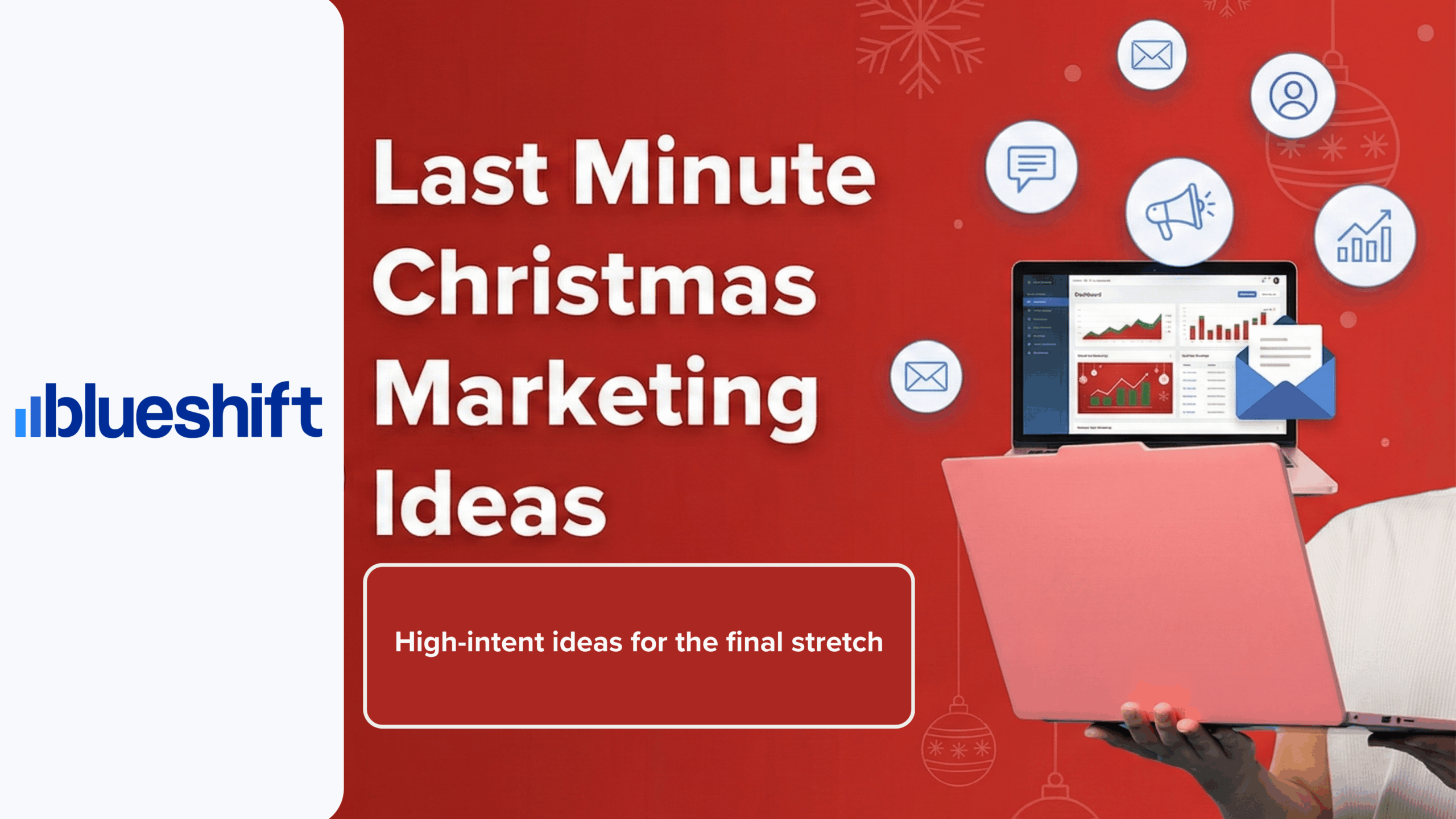The Blueshift Delivery Doctors are back—and this time, we’re talking about the latest updates from Gmail and Apple Mail! As email usage continues to rise year over year, effective inbox management plays a crucial role in day-to-day communication. Gmail, Apple have introduced their own systems of organization called “Categories,” offering a more granular breakdown of incoming emails. This update is designed to enhance the Apple Mail user experience through better organization. However, it may take time for users to acclimate. Currently, this feature is only available on iOS devices and does not extend to the desktop app.
While any change to inbox layout can require an adjustment period, these updates present an opportunity for marketers to rethink their email campaign strategies. Rather than focusing on how to bypass Categories and Promotions tabs, marketers should prioritize delivering intent-driven content that aligns naturally with these designations.
TL;DR
Email providers are refining inbox organization, which impacts where marketing emails land and how users engage with them. Here’s what’s changing and how to adapt your strategy for sustained visibility and engagement.
- Apple Mail’s new categories: Primary, Transactions, Updates, and Promotions tabs are enabled by default on iOS 18.2+, influencing message placement.
- Gmail’s Promotions tab trends: More senders are seeing a higher percentage of campaigns filtered into Promotions since late 2024.
- Engagement impact: Expect temporary dips in opens as users adjust; prioritize click, conversion, and reply metrics over opens.
- Best practices: Keep messaging focused, personalize content, and encourage replies to boost placement signals.
- Market reality: With Apple Mail holding 55% of global client usage, these changes affect the majority of active email audiences.




